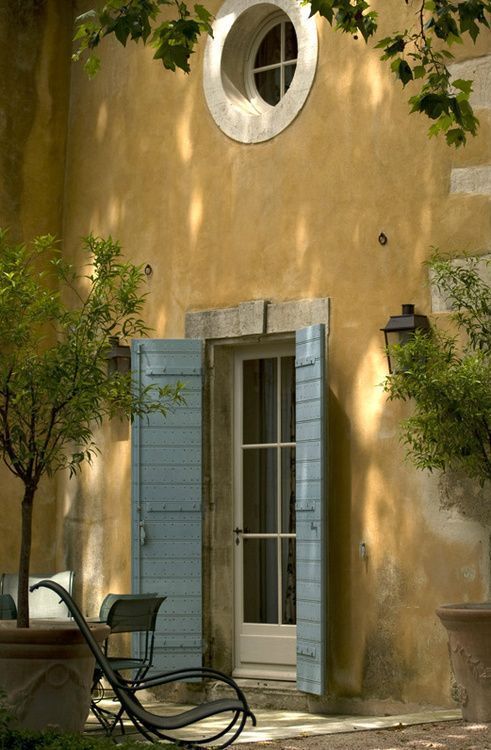In the realm of design and architecture, the principles of honesty and integrity stand as foundational values that transcend aesthetic trends and personal tastes. These principles are crucial to good design, fostering authentic, lasting, and meaningful spaces. Honesty in architecture involves a sincere respect for materials, structural function, and cultural continuity, while integrity ensures that the designer’s intent is rooted in an ethical commitment to the needs of the community and the environment. Together, honesty and integrity create an architecture that is responsible and resilient, contributing positively to human experience and social well-being.
Honesty in Design: A Matter of Truth in Materials and Structure
Honesty in architecture begins with a truthful approach to materials and structural form. Buildings should reveal their structure and purpose rather than hide behind superficial ornamentation or mimicry. For instance, a building constructed of stone should showcase its stonework rather than disguising it beneath synthetic finishes or false facades. When materials are used in their natural forms, without disguising their origin or quality, they maintain their integrity, allowing occupants and observers to understand and appreciate their value. This authenticity fosters a deeper connection to the built environment, as each material speaks honestly of its origins, properties, and role within the structure.
Honesty also extends to the function of a building. Buildings should be designed with clarity of purpose, reflecting their intended use without pretense or unnecessary embellishment. A civic building, for example, should embody dignity and openness, while a residential home should convey warmth and comfort. By being honest about purpose, architecture serves as a language that communicates its intent clearly, without confusing or misleading its users. This clarity enhances the human experience by providing intuitive spaces that align with their functions, reducing cognitive dissonance and fostering a sense of ease and familiarity. This form of honesty also allows architecture to be more adaptable over time, as spaces that are designed in alignment with their purpose can evolve more naturally with changing needs.
Integrity in Design: An Ethical Foundation
Integrity in architecture goes beyond personal ethics; it represents a commitment to a higher purpose in the craft of building. Integrity involves designing with respect for cultural heritage, environmental sustainability, and social responsibility. When architects design with integrity, they resist the temptations of short-term trends, cost-cutting shortcuts, or excessive commercialization. Instead, they remain true to enduring principles of proportion, scale, and local context, producing buildings that not only meet immediate needs but also contribute to the long-term health and beauty of the environment.
Integrity requires a designer to acknowledge the impacts of their work on both the built and natural environments. Architects should prioritize designs that harmonize with the landscape, preserving natural features and minimizing environmental disruption. By choosing materials and construction techniques that support ecological balance, designers demonstrate a commitment to sustainability that aligns with architecture’s role as a steward of the earth’s resources. Moreover, integrity in design respects the cultural and historical fabric of a place. Buildings should contribute to the continuity of architectural heritage, rather than disrupt it with incongruous styles or flashy, self-promoting designs. This sensitivity to context allows architecture to enhance a community’s sense of identity and continuity, fostering a deeper sense of belonging for its inhabitants.
Avoiding Kitsch and Imitation: Authenticity over Superficiality
The prevalence of kitsch and imitation in modern architecture can be seen as symptomatic of a departure from honesty and integrity. Kitsch in architecture involves a superficial mimicry of traditional forms without embracing their underlying principles or values. For example, a building might incorporate decorative columns or pediments to evoke classical grandeur, yet these features are often purely ornamental, serving no structural or symbolic function. This form of design betrays the principles of honesty by prioritizing appearance over authenticity, reducing architecture to a series of decorative clichés.
Authentic design, by contrast, seeks to understand and respect the functional, structural, and symbolic roles of traditional elements, applying them in ways that are meaningful and contextually appropriate. When architects design with authenticity, they do not seek to mimic the past blindly but rather to reinterpret it thoughtfully, drawing on traditional principles while adapting them to modern needs. This approach allows architecture to evolve naturally, preserving cultural continuity without resorting to empty mimicry. Authentic architecture is timeless, rooted in universal principles of form, function, and beauty, rather than the fleeting tastes or trends of the moment.
The Role of Scale and Proportion: Designing for Human Experience
Honesty and integrity also underscore the importance of scale and proportion in design. Buildings should be designed with human experience at the forefront, respecting the natural limitations and psychological needs of their users. An honest building respects human scale by avoiding the overwhelming or imposing dimensions that characterize much of modern architecture. Massive, monolithic structures often alienate their occupants and disrupt the social fabric of urban environments, whereas buildings designed with a human scale foster a sense of warmth, familiarity, and accessibility.
Proportion, a key principle in traditional architecture, is equally essential to designing with integrity. Proportion ensures that buildings feel balanced and harmonious, creating a sense of unity between individual elements and the overall structure. In classical architecture, proportion was achieved through systems such as the Golden Ratio, which provided a mathematical basis for aesthetic harmony. By adhering to these principles, architects can create spaces that resonate with human psychology, providing a sense of calm and well-being. Proportion is not merely an aesthetic concern but a matter of ethical responsibility, as it fosters an architecture that supports and nurtures its users.
Honesty, Integrity, and the Creation of Lasting Architecture
Ultimately, honesty and integrity are essential to creating architecture that endures. Buildings that are designed with these values serve not only the immediate needs of their occupants but also the long-term well-being of society and the environment. Honesty and integrity lead to buildings that age gracefully, as their materials, form, and purpose remain relevant and adaptable over time. These buildings are not disposable, but rather integral parts of the urban and rural landscapes, contributing to a stable and coherent built environment that can be appreciated by generations to come.
Honest and integral design also fosters trust between architects and the public. When people feel that their built environment reflects genuine care, thought, and respect, they develop a stronger connection to their surroundings and a greater sense of community. This trust is essential to maintaining the social contract between architects and society, as it establishes architecture as a public service rather than a commercial enterprise. Architecture as a noble profession, rooted in ethical values, reaffirms the potential of design to enhance quality of life, enrich culture, and sustain ecological balance.
Conclusion: Building for the Future with Honesty and Integrity
In conclusion, the principles of honesty and integrity in design and architecture offer a pathway to a more responsible, enduring, and meaningful built environment. By respecting materials, structural function, cultural heritage, and human scale, architects can create spaces that are both beautiful and sustainable. In a world increasingly dominated by ephemeral trends and commercial pressures, these principles remind us of the timeless values that form the foundation of great architecture. Buildings designed with honesty and integrity not only meet present needs but also honor the past and build a lasting legacy for the future. These values are not merely aesthetic preferences but ethical imperatives that define the true role of architecture in society: to create spaces that nurture, inspire, and endure.




0 Comments